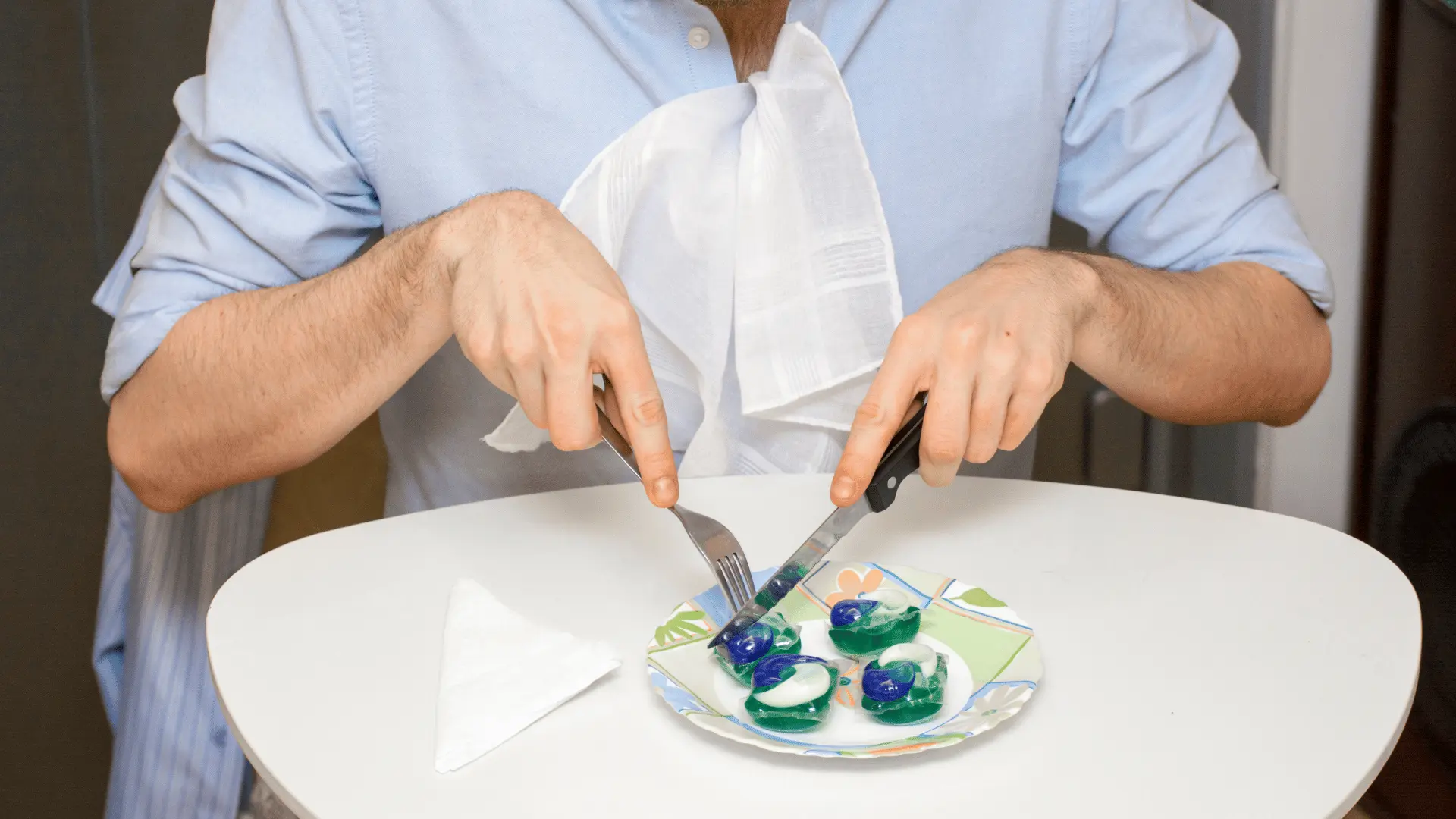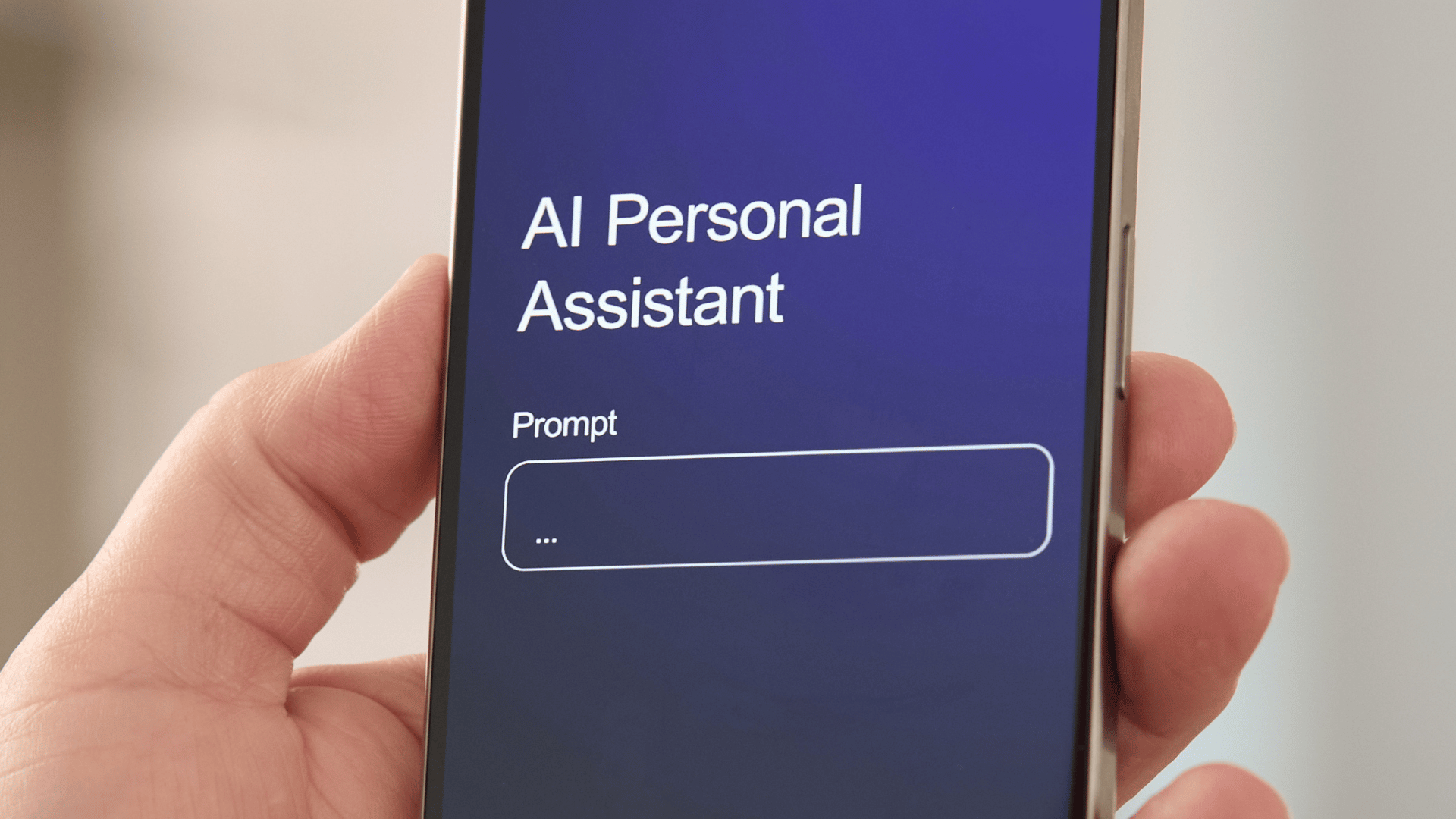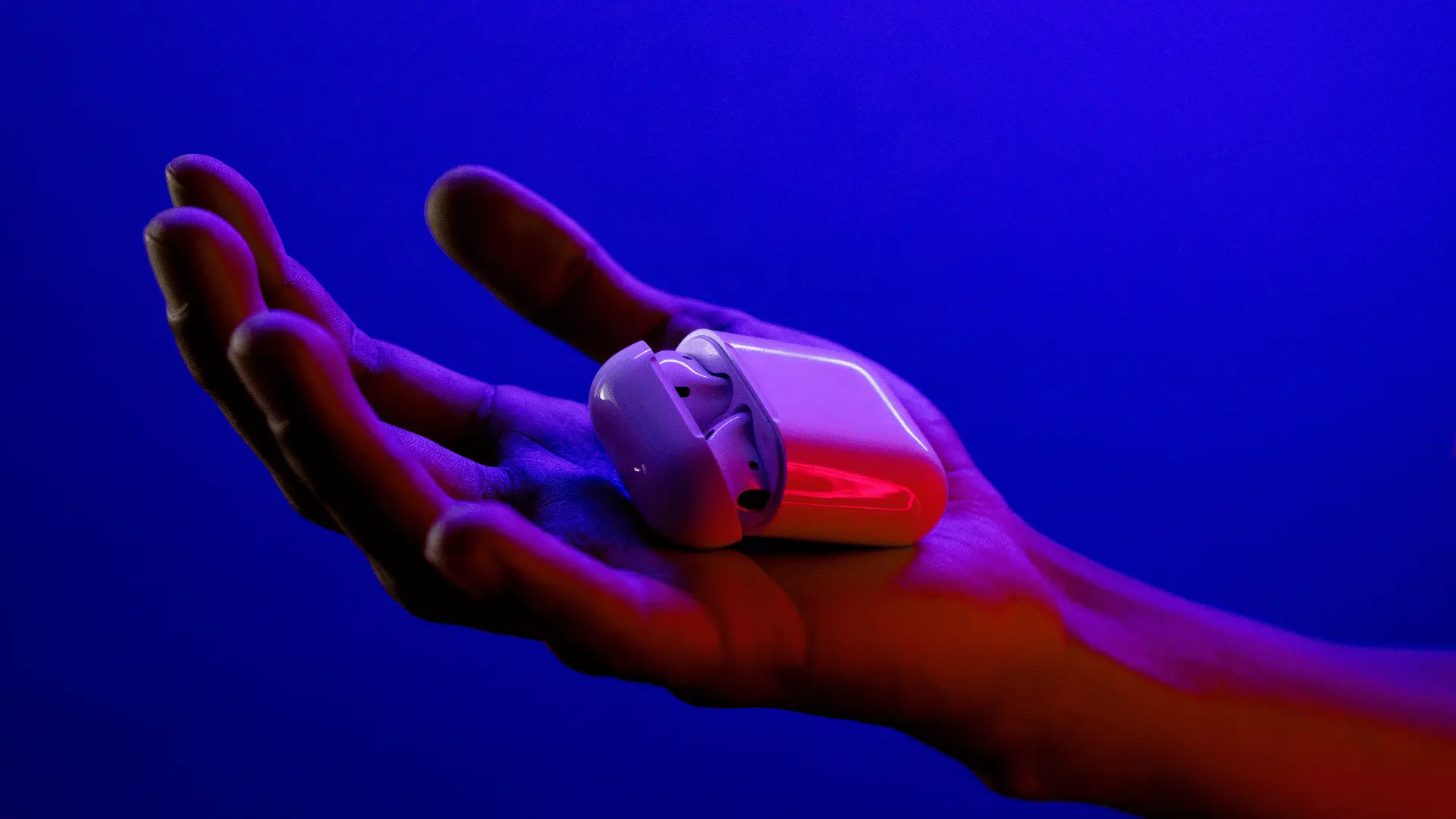Remember Tide Pods? Good Times.
Remember when biting into a Tide Pod was the epitome of online stupidity? Fast-forward to today, and social media challenges levelled up – not in brilliance but in their alarming ability to blur the line between thrill-seeking and sheer recklessness.
Instead of wondering why anyone would eat laundry detergent, we ask why someone would marinate their chicken in cough syrup.

How Did We Get Here?
From Cinnamon to Cough Syrup
Gone are the days when the “Cinnamon Challenge” merely left participants coughing up spice clouds. Recently, we have been graced with the “VICKS NyQuil Chicken Challenge,” where participants sauté their poultry in cold medicine. This culinary crime is questionable and dangerous.
Boiling medications like NyQuil intensify their active ingredients, transforming dinner prep into a toxic science experiment that can cause severe health issues, including liver damage and respiratory distress. And yet, here we are, watching it trend.
The Deadly Spiral of Virality
Then there is the “Blackout Challenge,” encouraging individuals to asphyxiate themselves until they lose consciousness – a game that has tragically resulted in fatalities, claiming lives, particularly among impressionable teens. In Australia, the “Chroming” trend, involving inhaling toxic chemicals, led to the untimely death of a 13-year-old girl, prompting her parents to advocate for stricter social media regulations.
These are not isolated incidents. They are a grim byproduct of a system that rewards sensationalism at any cost.

Why Do These Social Media Challenges Thrive?
The Brain Wants What It Should Not
The allure of internet fame and the dopamine rush from accumulating likes and shares drive many, especially adolescents, to partake in these hazardous stunts. Psychologists note that the adolescent brain is particularly susceptible to peer pressure and risk-taking behaviours, making teens prime targets for such dangerous trends.
Platforms Playing Whack-a-Mole
While platforms like TikTok and YouTube claim to remove harmful content, the sheer volume and rapid spread of these social media challenges often outpace moderation efforts. But in reality, algorithms designed to maximise engagement can inadvertently promote sensational and dangerous content, keeping users hooked at the expense of their well-being.

What Now?
Digital Literacy Is Survival
The solution is not deleting TikTok or wrapping your kids in bubble wrap. It is education. Parents, educators, and policymakers must collaborate to educate young users about the risks and foster environments where critical thinking trumps the fleeting allure of virality. Digital literacy programs, stricter platform oversight, and a culture shift toward responsible sharing are overdue.
A Sobering Reminder
In retrospect, the Tide Pod Challenge seems almost quaint – a misguided attempt at internet fame that, while dangerous, pales in comparison to today’s lethal trends. It is a stark reminder that as social media continues to evolve, so must our efforts to navigate its treacherous waters safely. Because if marinating chicken in cough syrup is not a wake-up call, what is?

A Call for Digital Responsibility
As these social media challenges become more perilous, the need for digital literacy and responsible online behaviour has never been greater. Parents, educators, and policymakers must collaborate to educate young users about the risks and foster environments where critical thinking trumps the fleeting allure of virality.











